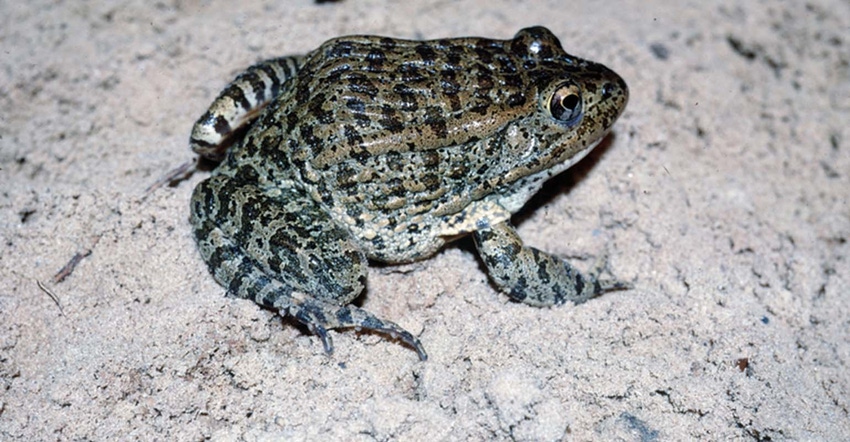
On Monday, Nov. 27, 2018, the U.S. Supreme Court reviewing the invisible frog case returned the matter to the 5thCircuit Court of Appeals with strict instructions in its opinion.
Justice John Roberts instructed the 5thCircuit on what is a noun and what is an adjective in reviewing what is “habitat” and “critical habitat” pursuant to the Endangered Species Act (ESA). The Supreme Court found the 5thCircuit Court of Appeals’ judgment so improper that it did not remand the case for further proceedings; it completely vacated the 5thCircuit opinion.
This is one court telling another court it is so wrong that its opinion is basically worthless.
The mystery of the invisible frog
Much has been written regarding the invisible frog, also known as the dusky gopher frog. The frog at one time was quite numerous, but its habitat has been considerably reduced because of modern forest practices which result in a closed-canopy, which is inhospitable to the dusky gopher frog.
Readers may recall that the Fish and Wildlife Service (FWS) and the Department of Interior (DOI) declared hundreds of acres of privately-owned timberland as “critical habitat” for the frog even though the frog itself had not been seen or heard of since 1965 on defendants’ property.
Notwithstanding that fact, the FWS designated a private individual’s property as “critical habitat.” Because the owners of the property had the opportunity to develop its property, frog usage of the property would bar all development at the cost of $33.9 million.
In other words, the government wants to control land it does not own to protect a specie that does not live there.
FWS stated this potential cost was not disproportionate to the benefits provided the dusky gopher frog. To rub salt into the wound, the 5thCircuit said FWS’s decision was discretionary and therefore unreviewable.
The Supreme Court says otherwise
But the Supreme Court made short work of the 5thCircuit Court of Appeal’s conclusions.
First, Justice Roberts provided a grammar lesson to the 5thCircuit judges by saying habitat is a noun and critical is an adjective. Therefore, if the defendants’ property was not a habitat, it of course logically follows it could not be a critical habitat. FWS argued that even though defendants’ property was not a habitat, it could be made a habitat with “…some degree of modification to support a sustainable population of a given species.”
The Supreme Court, in a unanimous opinion, vacated the 5thCircuit’s judgment and instructed it to review the term “habitat” because it had failed to do so in its opinion.
The second issue FWS ignored was taking into consideration the economic impact of its decision. FWS and DOI believed that the statute precluded review of this issue. The defendants concluded in their argument that FWS had improperly weighed the costs against the benefits of designating all their land as proposed critical habitat. FWS had concluded the cost to defendants of $34 million was not “…disproportionate to the benefits of designation…”
FWS argued its decision was not reviewable by the Court. The Supreme Court said otherwise.
Even though defendants did not win an outright victory at the U.S. Supreme Court, the opinion strongly suggests the 5thCircuit majority erred significantly in interpreting the ESA. The Supreme Court clearly leapfrogged the 5thCircuit’s decision.
The opinions of the author are not necessarily those of Farm Futures or Farm Progress.
About the Author(s)
You May Also Like




